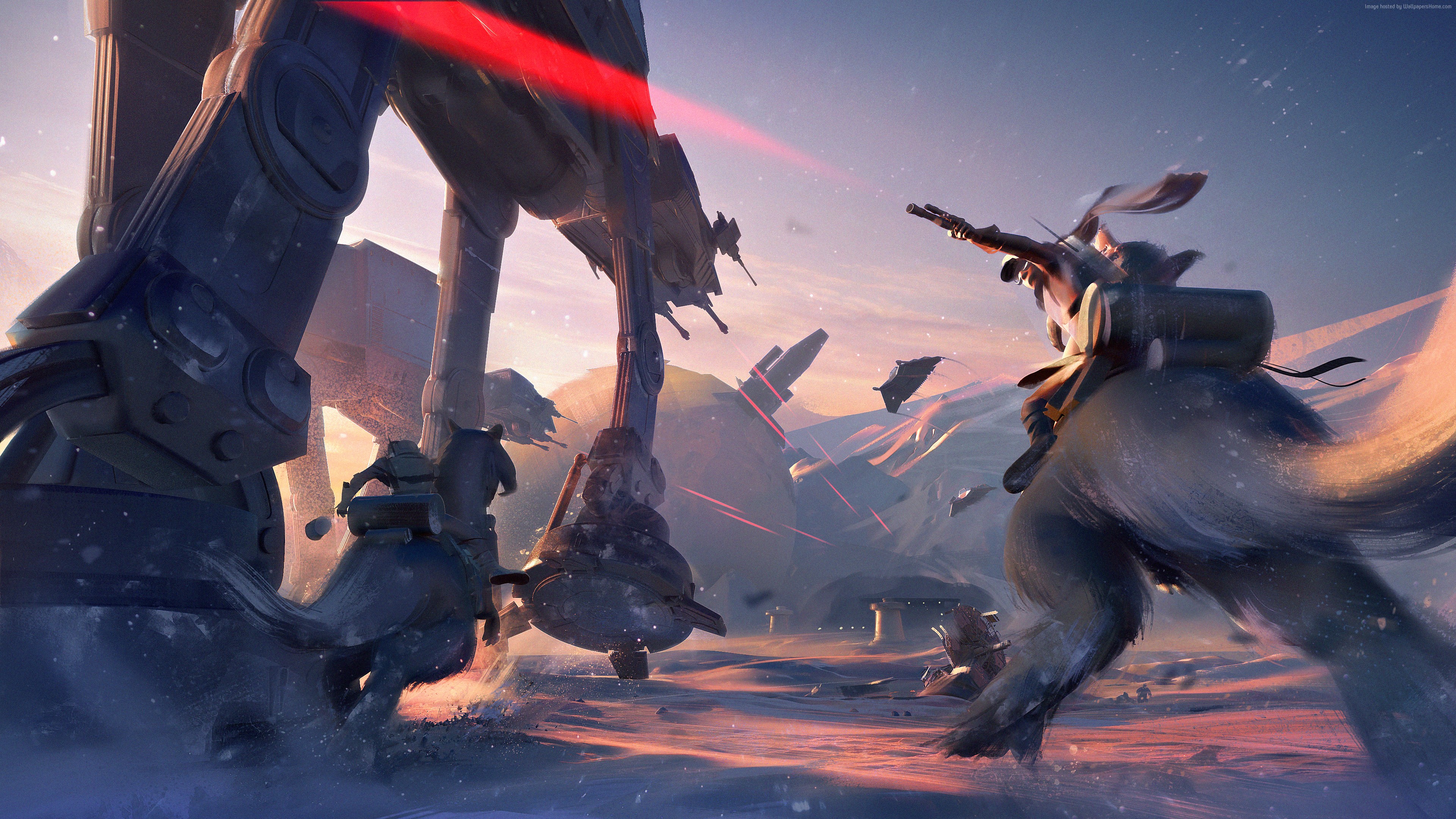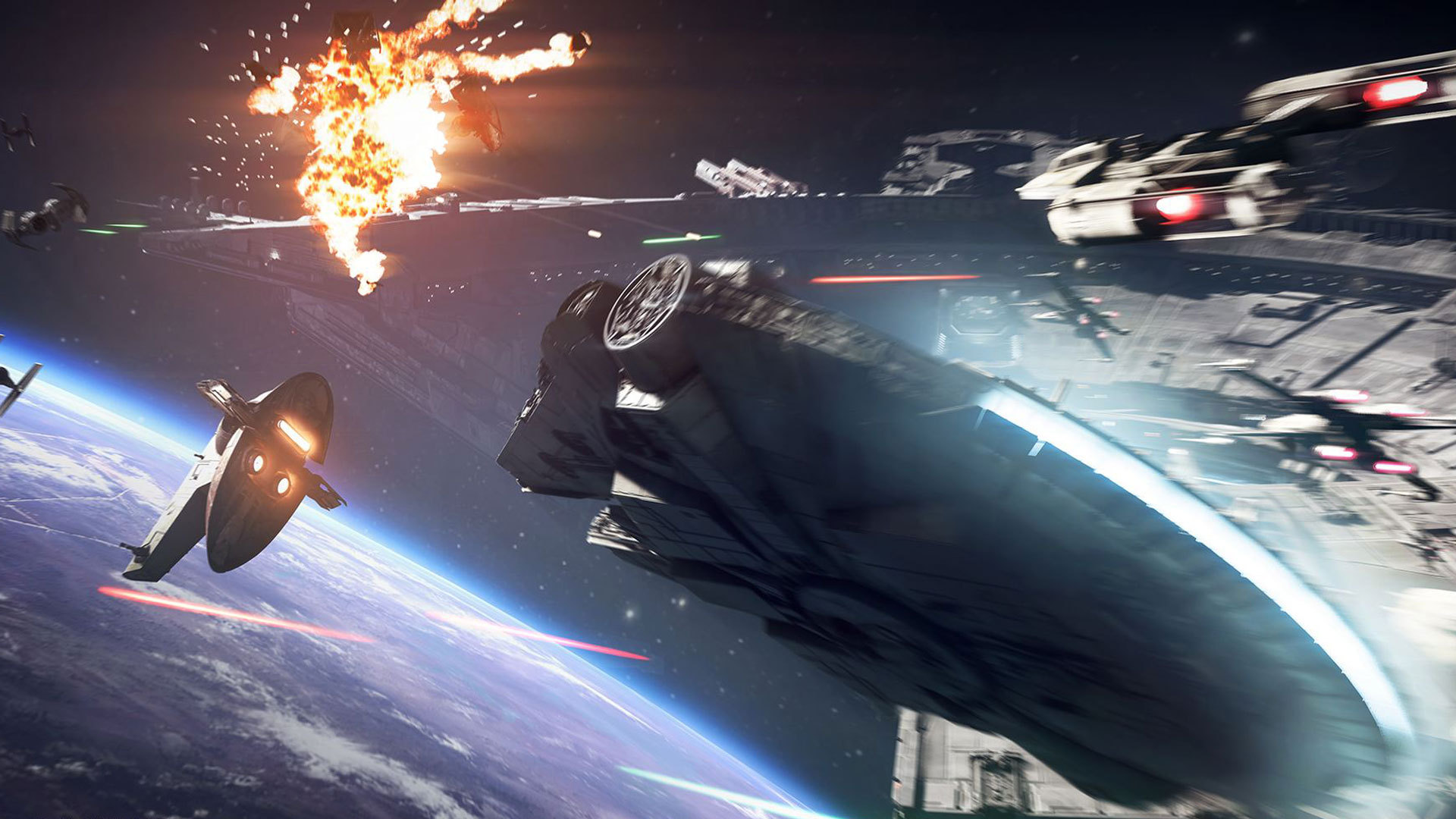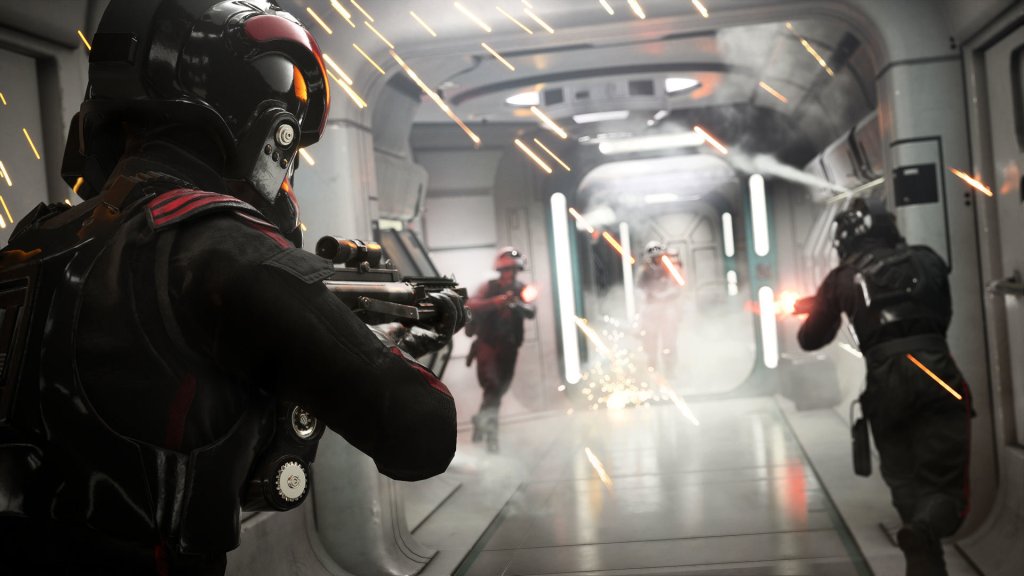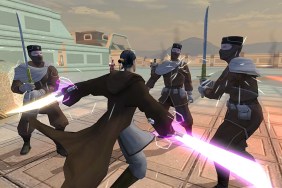Loot boxes are, obviously, intended to make publishers / developers more money. They’re not intended to “provide players with a sense of pride and accomplishment,” as a particularly strategic comment from EA DICE on the Star Wars Battlefront 2 subreddit put it. They’re intended to make you spend more money on a game than you initially planned to, by way of mixing an array of in-game items into a box and asking you to cough up the cash in an effort to get your hands on the good stuff.
So allow me to play Devil’s Advocate here. In their most successful implementations — as in, the ones that garner a company the most money — it could be argued that loot boxes actively complement the games that they’re inserted into, moral ramifications of RNG microtransactions aside. For instance, Overwatch‘s cosmetic loot boxes don’t impact the fundamentals of Blizzard’s FPS in any way, yet when new skins are unveiled you’ll see them shoot straight to the top of the Overwatch subreddit and leave tongues wagging in the game’s community. Blizzard has created characters with such personality that each new skin feels like you’re seeing a whole new side to them, whether it be McCree’s summertime board shorts or Mercy’s witch outfit.
Similarly, a cursory glance of YouTube’s FIFA community will unveil a slew of videos dedicated to opening packs in the series’ Ultimate Team mode, such is the excitement that surrounds unlocking top-flight players in the game. On the other hand, EA’s most recent employment of loot boxes in Battlefront 2 shows a fundamental misunderstanding of what has caused gamers to put up with loot boxes thus far, and in doing so has placed a glaring spotlight upon a facet of the industry that most publishers desperately hoped we wouldn’t focus upon.

The key to success with loot boxes is to replicate the thrill of a slot machine but in a virtual setting where the rewards don’t actually matter. Unlocking an adorable Mei skin won’t make you any better off financially, but it will feel good if you’re an Overwatch fan who wants to eke more enjoyment out of the game and its cast of characters. But what if a game isn’t at all concerned with hooking its claws into you in order to convince you to invest more money into it, and instead wants you to fork out more cash from the outset while offering as little incentive for you to do so as possible? Well, that’s the path that EA has recently been pursuing, and it hasn’t exactly worked out well for the publisher.
Also: Star Wars Battlefront 2 is Secretly an Excellent Rogue Squadron Game
Though EA has been forced to remove microtransactions from Star Wars Battlefront 2 as a result of the very public backlash against them, the void in its progression system left by its loot boxes is still thoroughly apparent, and runs in stark contrast to what previous games have taught us about how to successfully implement randomized crates of in-game tat. There are three core factors that, prior to Battlefront 2, allowed loot boxes to duck and weave between mass outrage while remaining lucrative:
- Subtlety. Microtransactions is a dirty word among gamers, but if loot boxes don’t have a particularly pernicious impact upon the game they’re inserted into, they will likely be overlooked, such is the ebb and flow of controversy in the industry.
- Transparency. Blizzard has most certainly contributed to the popularization of loot boxes, and have a hand in playing into the addictive psychology behind them. However, they remain mostly unchecked as a result of their relative transparency with their player base, forming a relationship of trust that has seen them avoid being put in the hot seat.
- Quality. Loot boxes need to both appear in a game that players will want to continue playing, and complement said game by way of making them want to put the extra hours in to unlock new items, or inject real cash into the game in order to speed up this process.
Battlefront 2 failed to tick all three of these boxes. Firstly, the inclusion of loot boxes was about as subtle as a sledgehammer across the skull, with them forcing their way into every facet of the game and leaving an indelible mark upon its progression system. Secondly, EA has just about the worst reputation of any publisher in the industry, with consumers more than happy to dunk on the publisher given half the chance, and them responding to complaints with laughable but PR-friendly comments about how microtransactions were intended to give players a sense of reward hardly helped rectify this issue. Lastly, Star Wars Battlefront 2 was clearly built from the ground up to be a vehicle for microtransactions, something which damages the rest of the game by way of locking content away from players behind a merciless grind. To top it all off, the actual content being locked away from players isn’t exciting in any way — who wants to slave away at a video game just to get their hands on a Thermal Detonator with increased range?

The entire pull of loot boxes is that they lock away items in a game that people enjoy, and either convince them to play more or cough up more dough. Their success is predicated on the game they’re inserted into being so compelling that people will want more out of it, and that they’ll therefore be willing to pray to the RNG Gods and pump money into microtransactions that will give them fun stuff. Despite EA having previously been a front-runner when it came to loot boxes in the aforementioned FIFA series, Battlefront 2 saw them veering wildly into over-confidence and coming to the conclusion that, actually, the loot boxes should be the stars of the show.
By building their game around convincing players to purchase more loot boxes, EA DICE made Battlefront 2 have the opposite effect. With the odds of acquiring high-end items being super low, the price to acquire them being startlingly high (a Trooper Crate cost 200 Crystals, meaning $5 would only bag you two prior to EA temporarily removing microtransactions), and unlocking just one organically taking at least 90 minutes of an average player’s time to gather the 4,000 credits required to do so, everything about Battlefront 2‘s microtransactions is off-putting. So off-putting, in fact, that it nullifies the drive to progress through the game, thus making the acquisition of loot boxes less attractive in the process.
EA’s new approach to loot boxes is to make the game buried beneath them as difficult to navigate as possible, making them feel like a necessity as a result. Perhaps this kind of tactic would be glanced over in a free-to-play mobile game, but in a triple-A, $60 release with extensive marketing and the Star Wars license attached to it, this strategy was never going to quietly pass beneath the radar. As a result, the complicity of the gaming community that loot boxes have relied upon has been stripped away, replaced by an anger that is unlikely to subside any time soon.











